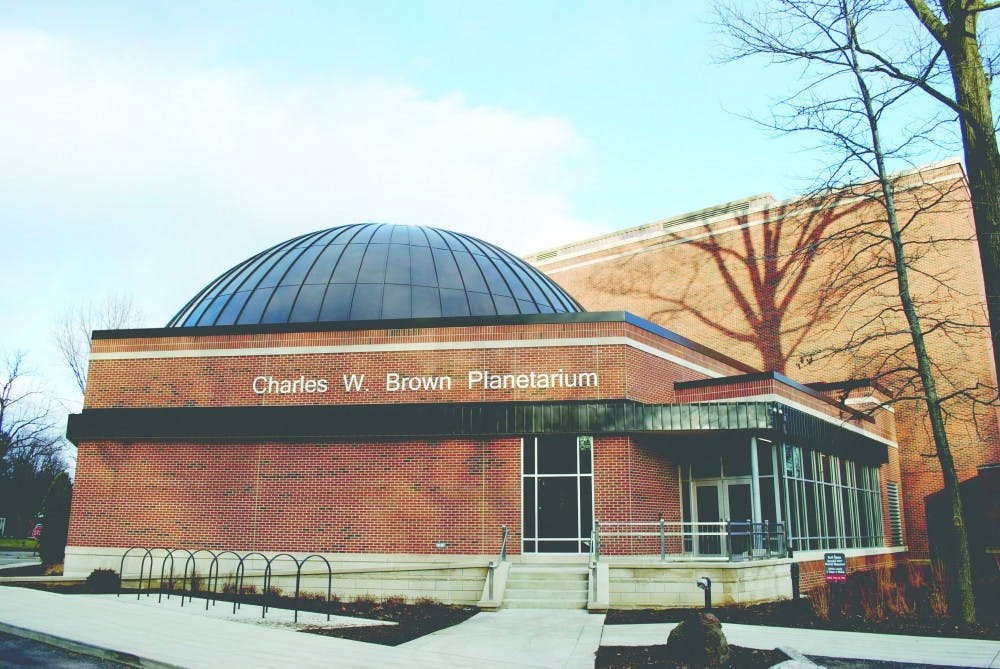This spring, the Charles W. Brown Planetarium is offering a variety of free shows that are open to the public.
Shows typically last between 45 and 55 minutes and no tickets must be purchased beforehand. Doors open 30 minutes prior to each show, so seats are filled on a first-come, first-served basis.
Here are a few ways to travel the universe by observing simulations in the 52-foot dome located on the west end of the Cooper Science Complex on Riverside Avenue.
One World, One Sky: Big Bird’s Adventure
5 p.m. Jan. 20, 27 and Feb. 3
This show, which is recommended for children from preschool to second grade, features Big Bird, Elmo and Hu Hu Zhu from Sesame Street as they travel to the moon. The three will teach children about the differences between the moon and the earth and search for the North Star by finding shapes in the sky.
Moons: Worlds of Mystery
6:30 p.m. Jan. 19 and 26 and 6:30 and 8 p.m. on Jan. 20 and 27
Visitors ages 8 and older can learn about moons throughout the solar system during this show. Each moon has its own unique qualities, from volcanoes to ice-covered oceans, and those who attend this program will learn what those qualities reveal about the history of the solar system.
Back to the Moon: For Good
6:30 p.m. Feb. 2, 16 and 23 and 6:30 and 8 p.m. Feb. 3, 17 and 24
Tim Allen narrates this show, which tells the story of teams competing to land a robotic spacecraft on the moon. Viewers ages 8 and older are encouraged to watch this program as the race to do what has only been done once in the past 40 years takes place.
The Universe Overhead: Amazing Discoveries of 2017
6:30 p.m. March 13 and 30 and 6:30 and 8 p.m. March 17 and 31
During this live presentation, Ronald Kaitchuck, a professor of physics and astronomy, will show audiences noteworthy astronomical discoveries made during 2017. Kaitchuck will discuss what was found by space probes on Jupiter and Saturn, images taken of the surface of Antares, a giant star located in another galaxy that had previously disappeared from view, and the detection of gravitational waves. This program is recommended for ages 12 and older.
Undiscovered Worlds: The Search Beyond Our Sun
6:30 p.m. on April 13, 20 and 27 and 6:30 and 8 p.m. on April 14, 21 and 28
Are there other planets like Earth? This program, recommended for those ages 8 and older, will explore this question by looking at the discovery of various planets and stars, as well as the changing theories on what role humans play in the universe.





